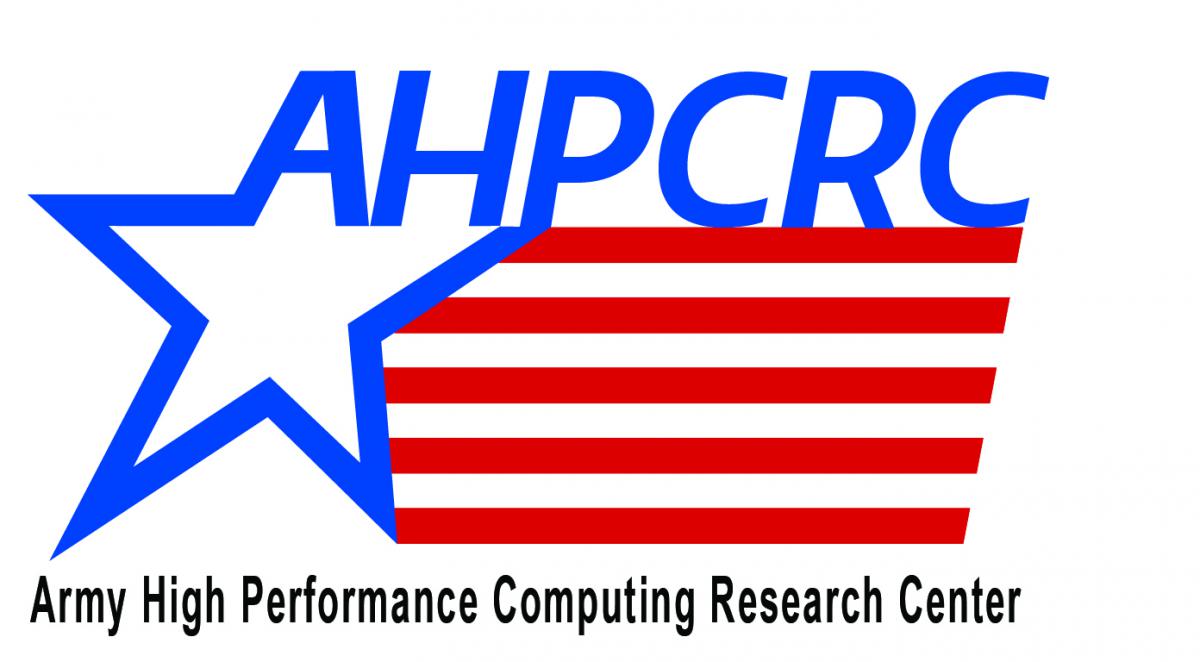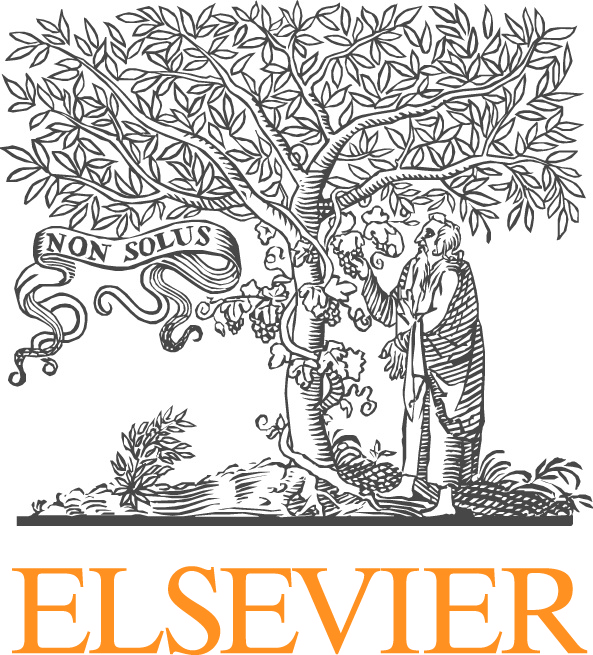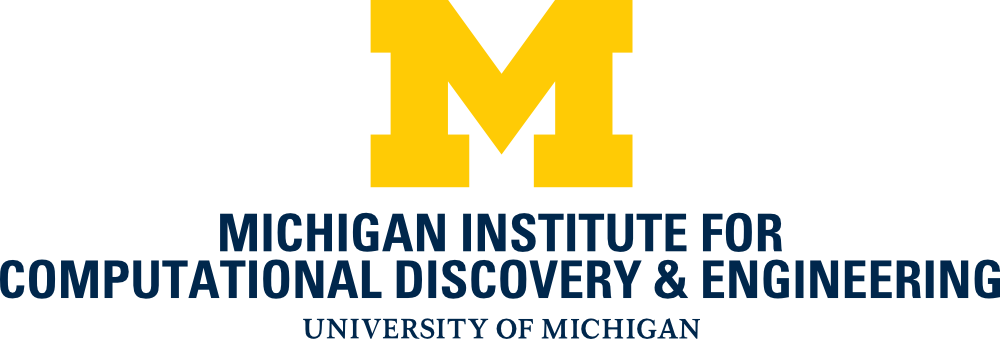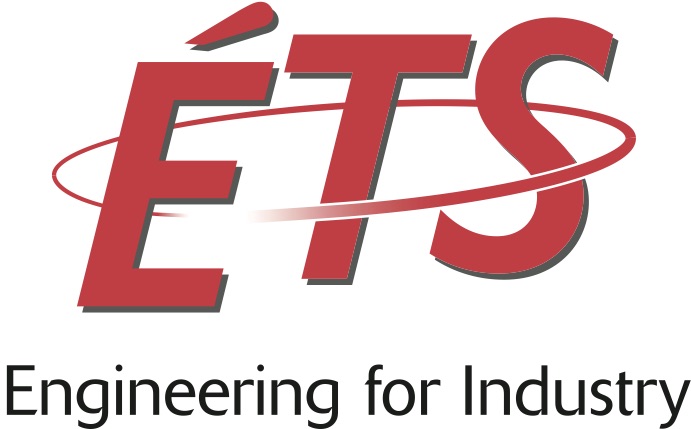Modeling and Simulation of Additive Manufacturing Processes
Neil Hodge, Lawrence Livermore National Laboratory
Robert Ferencz, Lawrence Livermore National Laboratory
Additive manufacturing (AM) has gained increasing popularity in the last decade, owing to the creation of processes and machines that extend its benefits (bespoke materials, ease of prototyping and small-batch runs, and geometries that were heretofore difficult or impossible to manufacture) to the
traditional engineering materials. However, the excitement surrounding these processes has been tempered by the associated difficulties, including the
inducement of undesirable residual stresses (in the case of metals), as well as the challenge of maintaining dimensional stability. Modeling is becoming a significant tool in addressing the challenges inherent in the process. The purpose of this minisymposium is to provide a forum to discuss ongoing work in the modeling and simulation community as applied to AM. Presentations
regarding modeling of any relevant process (e.g., material extrusion, material droplet printing, selective laser melting/sintering, electron beam melting,
directed energy deposition, fused deposition modeling, steoreolithography, binder jetting) and material family (e.g., metals, plastics, ceramics,
biomaterials) are welcome. A non-exclusive list of presentation foci includes:
* Simulation of a process to predict residual stresses and the associated deformations, and surface topology,
* Computational methods for correcting part distortion,
* Modeling strategies for representing the inherently multiscale nature of the problem, including any or all of the scales associated with the spatial, temporal, and/or material domains,
* Modeling of novel material systems,
* Coupled process-part optimization for design of buildable, defect-free, and lightweight parts,
* Integration of feedback and/or feedforward control methods and process maps for minimizing defects and residual stresses in as-built parts,
* Simulation of the manufacturing process for smart materials, sensors, and nano-devices.
traditional engineering materials. However, the excitement surrounding these processes has been tempered by the associated difficulties, including the
inducement of undesirable residual stresses (in the case of metals), as well as the challenge of maintaining dimensional stability. Modeling is becoming a significant tool in addressing the challenges inherent in the process. The purpose of this minisymposium is to provide a forum to discuss ongoing work in the modeling and simulation community as applied to AM. Presentations
regarding modeling of any relevant process (e.g., material extrusion, material droplet printing, selective laser melting/sintering, electron beam melting,
directed energy deposition, fused deposition modeling, steoreolithography, binder jetting) and material family (e.g., metals, plastics, ceramics,
biomaterials) are welcome. A non-exclusive list of presentation foci includes:
* Simulation of a process to predict residual stresses and the associated deformations, and surface topology,
* Computational methods for correcting part distortion,
* Modeling strategies for representing the inherently multiscale nature of the problem, including any or all of the scales associated with the spatial, temporal, and/or material domains,
* Modeling of novel material systems,
* Coupled process-part optimization for design of buildable, defect-free, and lightweight parts,
* Integration of feedback and/or feedforward control methods and process maps for minimizing defects and residual stresses in as-built parts,
* Simulation of the manufacturing process for smart materials, sensors, and nano-devices.







